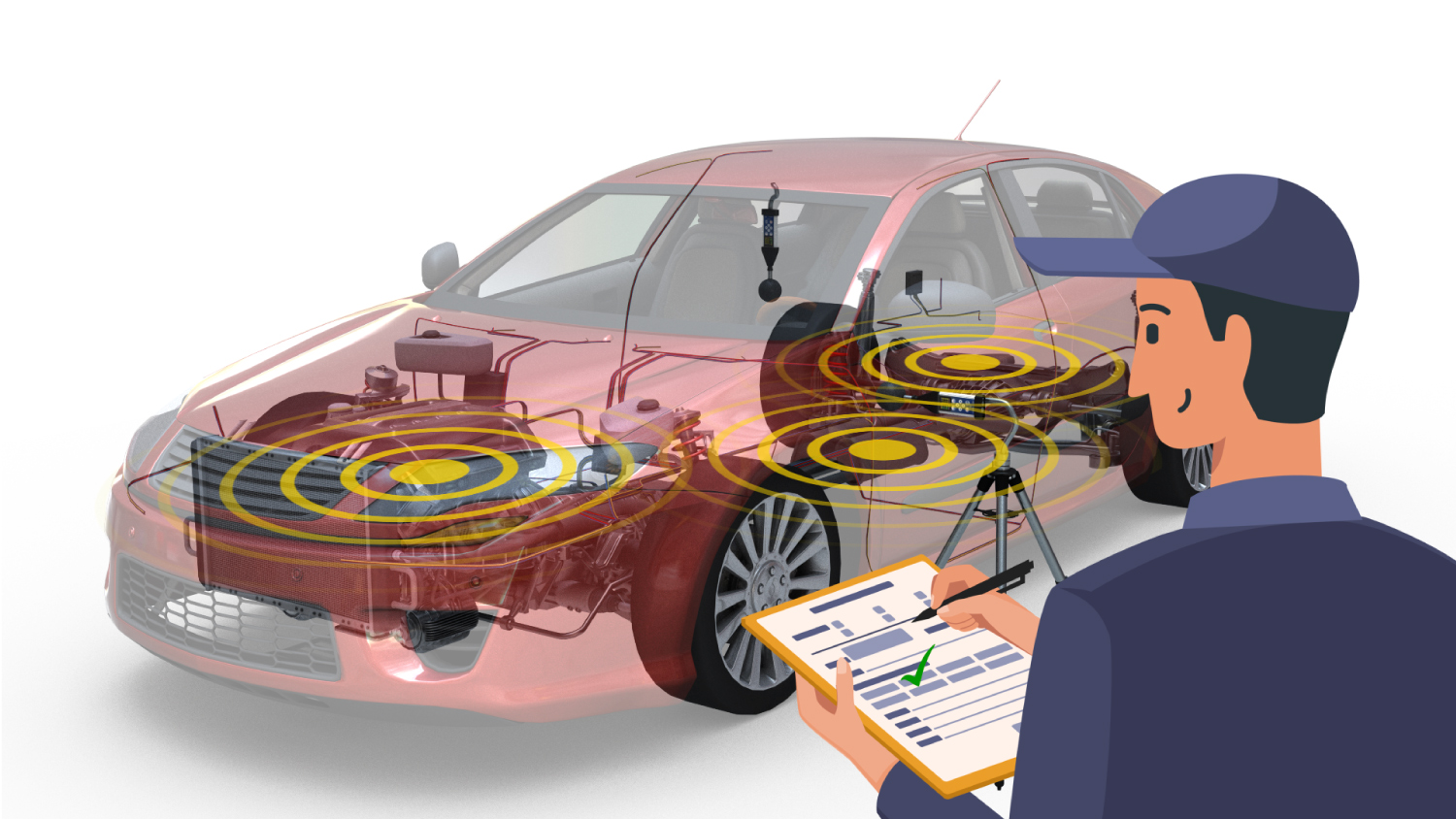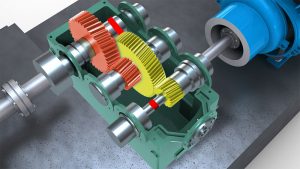Course Description
The THORS Product Noise, Vibration, and Harshness (NVH) Troubleshooting course explores understanding the source-path-receiver network for noise and vibration problems in products and vehicles. Common measuring devices are examined along with the frequency analysis that is performed to distinguish component sounds from one another. The course applies concepts learned and goes through a series of case studies to bring everything together in a highly engaging manner.
Who will benefit from this NVH Troubleshooting course?
Quality, manufacturing, product engineering, designing, testing, application, purchasing, management, and sales functions at organizations that require an understanding of issues that affect the noise, vibration, and harshness or sound quality of a vehicle or product and various components
Course Classification

*THORS uses the Bloom’s Taxonomy Methodology for our course development.
Certificate Awarded for Product Noise, Vibration, and Harshness (NVH) Troubleshooting

*upon successful completion
Related Posts

Why Digital Assessment Tools for Hiring are Essential
Hiring the right person for a technical position is crucial for the success of any organization. However, what happens when a new hire lacks the

Enhancing Workforce Development with THORS eLearning Solutions
Workforce development programs are designed to equip employees with the knowledge and skills necessary to excel in their roles and adapt to the evolving demands

Online Learning Levels the Playing Field for Students with Disabilities
Online learning has transformed the traditional education model and revolutionized education, offering students with disabilities the flexibility and convenience of learning from anywhere. With the



